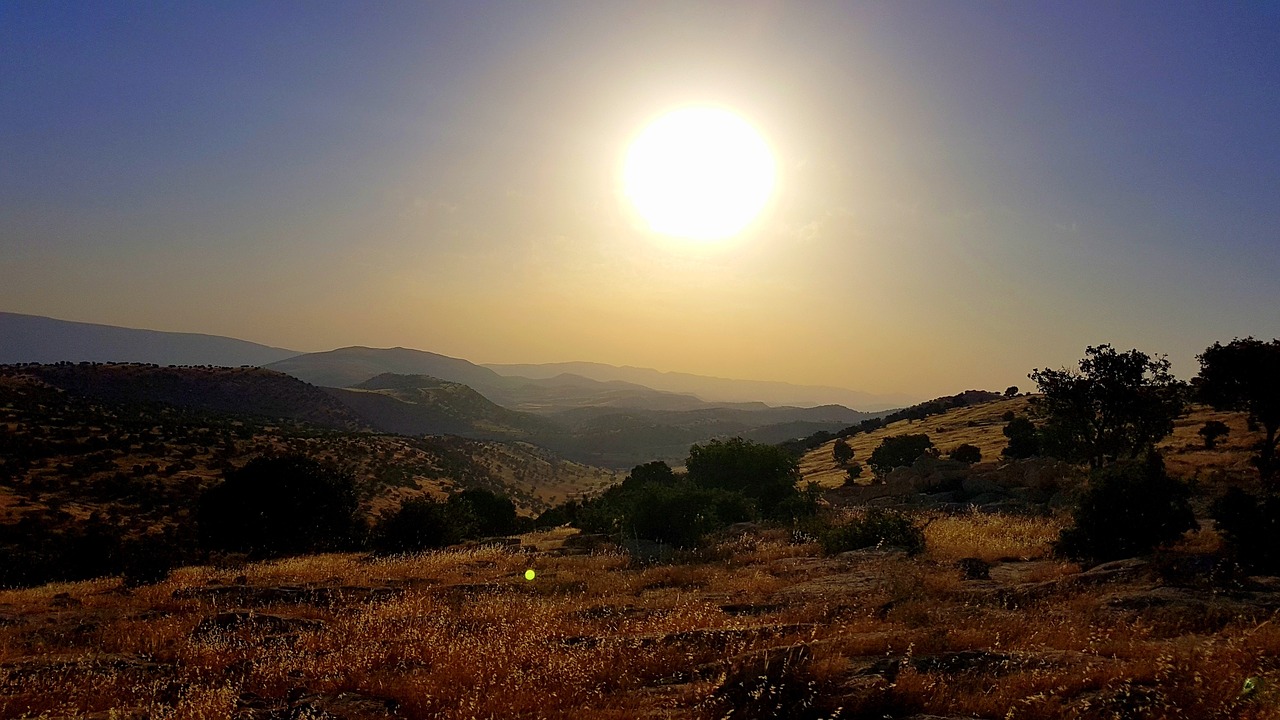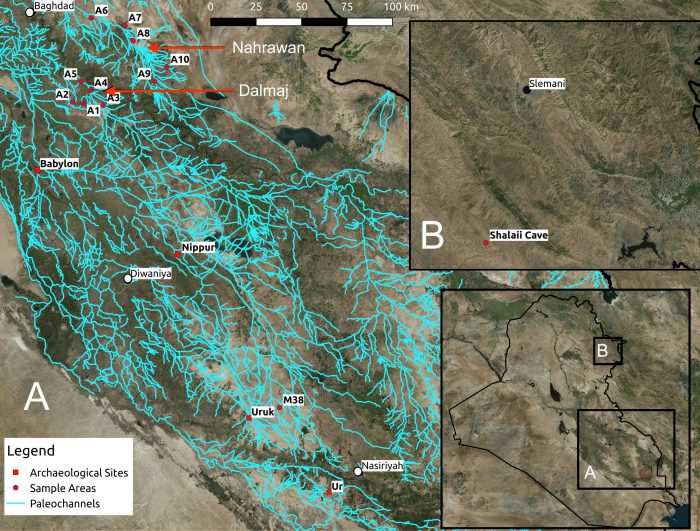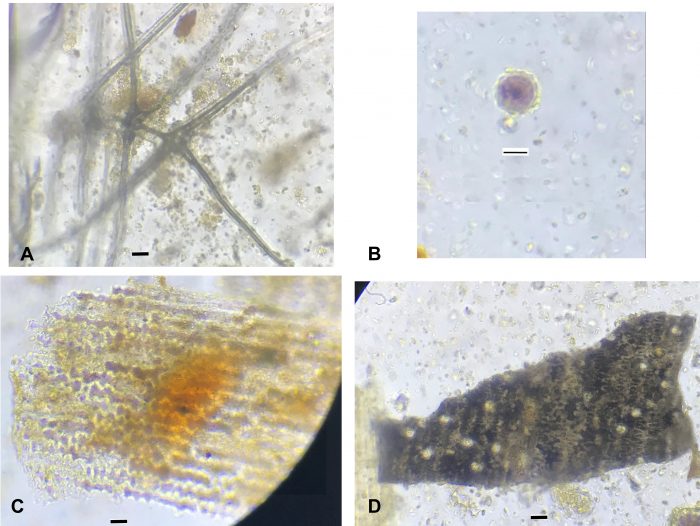
Modern Iraq is a relatively dry country faced with mounting water challenges. Ancient Southern Iraq, commonly referred to as Southern Mesopotamia, was also the home of some of the world’s first cities, which influenced many later societies through the development of writing, religion, government, law, and other aspects we consider fundamental to modern life. Despite these features, we know only a limited amount about the environment that shaped ancient Iraq and what eventually became home to these first cities.
There is still much to learn about ancient Iraq’s long environmental history, particularly how it is interrelated to the region’s human history over the last 12,000 years. We are still a long way from being able to answer even basic questions about how the environment shaped early cities or even what the climate was like as some of the earliest kingdoms and empires developed in southern Iraq. However, with our new work, we are one step closer to answering some important questions on environmental and climate change in the region, particularly in relation to plant ecologies that were foundational to ancient urban life.
Unfortunately, the 25 years of conflict and sanctions prevented the collection of environmental samples, which provide proxy datasets that aid in the understanding of the long durée of human-environment interactions. With the opening up of the country as the situation improves, decades worth of improved methods in scientific archaeology can now be applied. In our new article, we use a combination of spatial (remote sensing) and micro-scale (microfossil and isotopic/trace element analyses) methods. These methods enable us to greatly expand on what we know about the long-term history of the environment and culture in ancient Mesopotamia, to address long-standing assumptions about the environment, climate, and human settlement.
Using declassified spy satellite data from the CORONA program and modern high-resolution satellite imagery, we were able to identify where ancient rivers and canals, or paleochannels, were located. We then collected samples from sediments in these paleochannels, which allowed us to conduct different analyses back in the laboratory. This included identifying phytoliths (plant microfossils). We were able to date some of our sediments using accelerator mass spectrometry (AMS). Some noteworthy results include phytolith data indicating that oak, more commonly found in temperate climates, once existed in southern Mesopotamia before disappearing sometime after the 6th millennium BCE. In fact, we suggest in our article that the disappearance of certain tree species, such as oak, could have been a key motivator for some of the earliest settlement expansion by southern Mesopotamians to regions such as northern Mesopotamia and Anatolia, where trees like oak and pine were more abundant.

Figure 1. Map showing where our work was carried out, including A1-A10, Nippur, and near Uruk (M38). (A) Ancient river/canal channels were mapped and displayed here. (B) Work in northern Iraq was carried out to recover paleoclimate data (Shalaii cave) from cave speleothems (stalagmites). Figure courtesy Mark Altaweel and Jaafar Jotheri.
Other results show that date palm, an important crop in southern Mesopotamia’s economy for millennia, was present and likely cultivated earlier than once thought, with our results suggesting its presence by the 11th millennium BCE. These results for date palm are the oldest in Iraq and suggest that date palm did indeed originate in ancient Iraq, which is, by extension, a likely place for its initial domestication. Date palm also played an important role in early cities. For instance, the city of Nippur cultivated a substantial amount of dates in the 3rd millennium BCE. Historians and archaeologists have long assumed grain agriculture made up a substantial portion of diets and economies in early cities. The results here indicate we should also consider the economic and dietary roles of the date palm.

Figure 2. Some example phytoliths we found. This includes (A) oak (Quercus s.; A), (B) date palm (Phoenix dactylifera), (C) multicell grass husk, (D) and burnt cereal (likely barley). Figure courtesy Anke Marsh.
Our results also indicate that the initial settlement of southern Mesopotamia likely occurred much earlier than originally presumed. The region of Uruk, located near the modern city of Samawah about 280 km southeast of Baghdad, shows evidence of a freshwater, riverine environment suitable for habitation by the early 8th millennium BCE. The microfossil and sedimentary data suggest that a marsh-like environment was prevalent, which would have contained many resources for food and habitation that could have been exploited by early inhabitants. As many of these resources were perishable (i.e, mud and reeds used for housing), there are few archaeological traces, such as stone-built structures. Nevertheless, we suggest the region was likely settled by that date because we found microfossil evidence of cereal grain cultivation in a sediment sample from a section just overlying the early 8th millennium BCE. This suggests that the rise of settled life in ancient southern Mesopotamia started earlier than presumed, which then developed over the course of several millennia eventually giving rise to urbanism.
We also conducted other forms of analyses, including the mineralogical assessment of river sediments to determine where the ancient rivers of southern Mesopotamia may have been – rivers in the region are substantially different today and have shifted across the Mesopotamian floodplain. We demonstrated that the region just south of Baghdad has been relatively stable, with the Tigris and Euphrates flowing closely together since the early phases of the Holocene. On the other hand, the Tigris southeast of Baghdad appears to have been farther east than its current course. This suggests that the Tigris has substantially moved since the early Holocene.
These results are exciting and show that many previously held assumptions about agricultural economies and settlement in southern Mesopotamia need to be revisited and revised. Further work in the region is being carried out, both at archaeological sites and in the laboratory in an effort to better understand these early societies, their relationship with the environmental history of the region and the rise of early urbanism.









